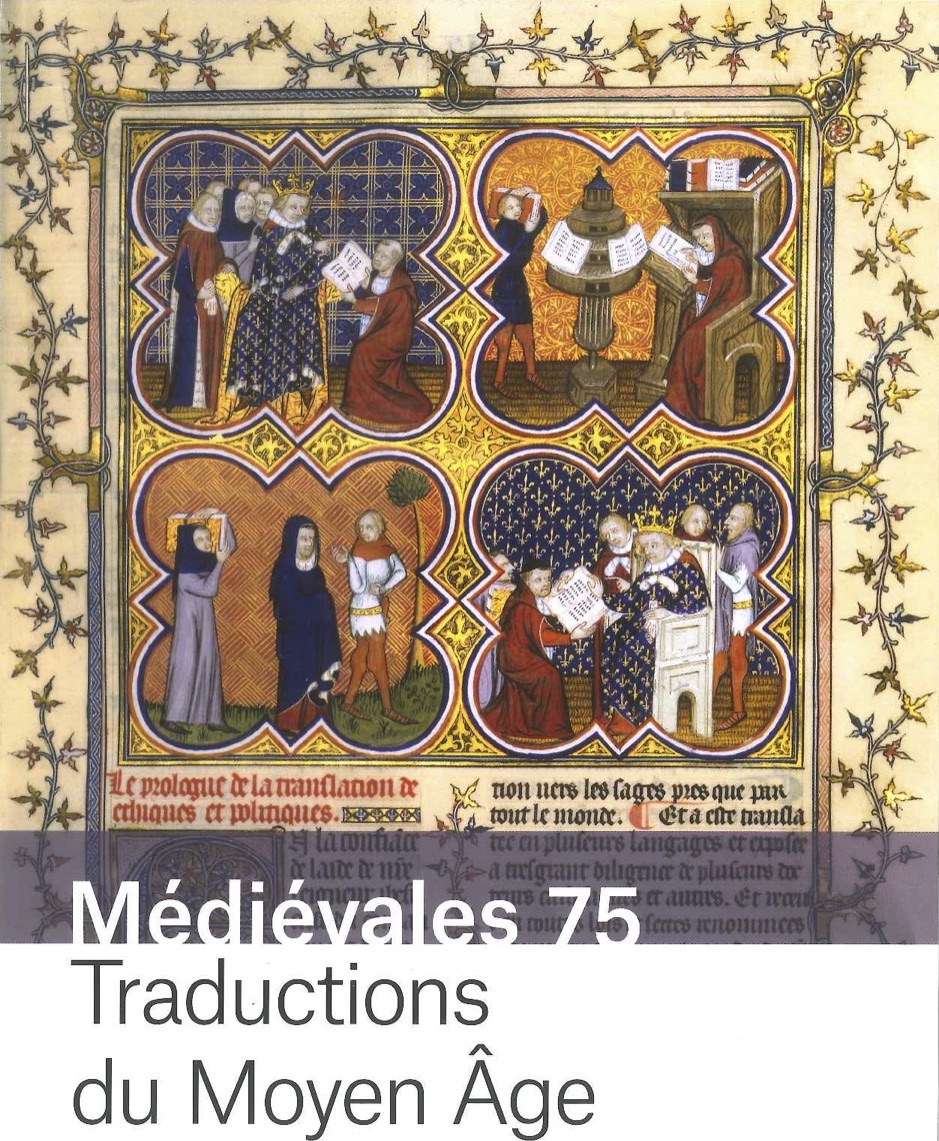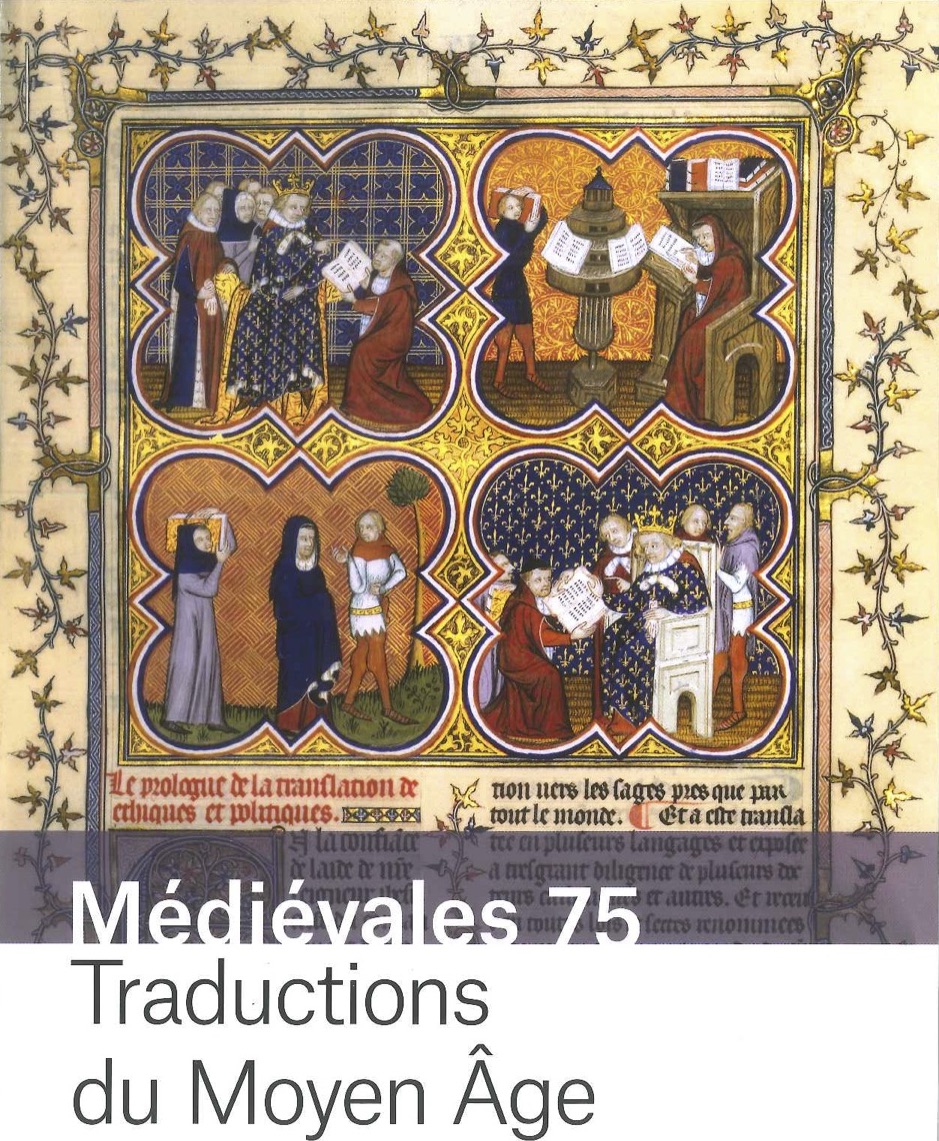
Publication. Irene Salvo García, “‘Que l’en seult balaine clamer.’ Traduction et commentaire linguistique au Moyen Âge”
Irene Salvo García, “‘Que l’en seult balaine clamer.’ Traduction et commentaire linguistique au Moyen Âge,” Revue Médiévales: Langues, Textes, Histoire 75 (2018).
Abstract
The first translations of Ovid’s Metamorphoses in Castilian and in French date from the end of the 13th century. These versions, inherited from a common exegetic tradition of French origin, are inserted in much wider historiographical and Christian works: the General estoria (1270-1284) of King Alfonso X the Wise, the modern edition of which has more than 6,000 pages, and the Ovide moralisé (ca. 1320), which contains 72,000 verses. In spite of the reception of extensive interpretative glosses, both translations are remarkably literal, which allows to compare the original text to the vernacular version quite precisely. Thus, we observe that the short Latin gloss, of linguistic character, which is a fundamental part of Latin commentaries to Ovid, is also known by the translators. In this article, we focus on the translation of lexicon relative to plants, flowers, and animals, which are so frequent in Ovid’s Metamorphoses, and we study the extent to which the vernacular solutions can be explained by the anterior commentaries or related to them. The examples stress the difficulties the translators had to struggle with, not only to understand Latin precisely, but also to find Romance language equivalents to capture the original Latin term. The comparison between both translations contributes to the literary and linguistic histories of Old French and Castilian between the end of the 13th century and the beginning of the 14th century.
